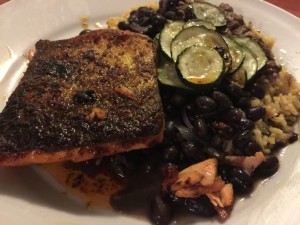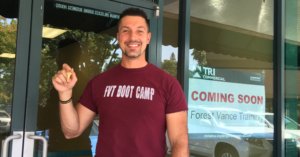FVT is looking for a highly qualified Customer Experience Specialist to join our team!
This is a part – time position, but with great pay potential for the right person.
This will be the perfect fit for the individual with the following strengths:
– “people person”
– customer service experience
– inside sales experience OR willingness to learn
– dynamic, outgoing personality
– go-getter
– creative, comes up with solutions to problems
– punctual
– reliable
– positive attitude
– high energy
– detail oriented
If you think that you or someone you know could be a good fit, follow the steps below.
AGAIN – is a DETAIL ORIENTED position – you must follow EXACT instructions to be considered:
Fill out this form:
=> http://www.emailmeform.com/
With the following information:
– name
– phone #
– what makes you a perfect fit for the job
And we will get back to you in 48 hours or less.
Thanks! We look forward to hearing from you!
– The FVT Team




